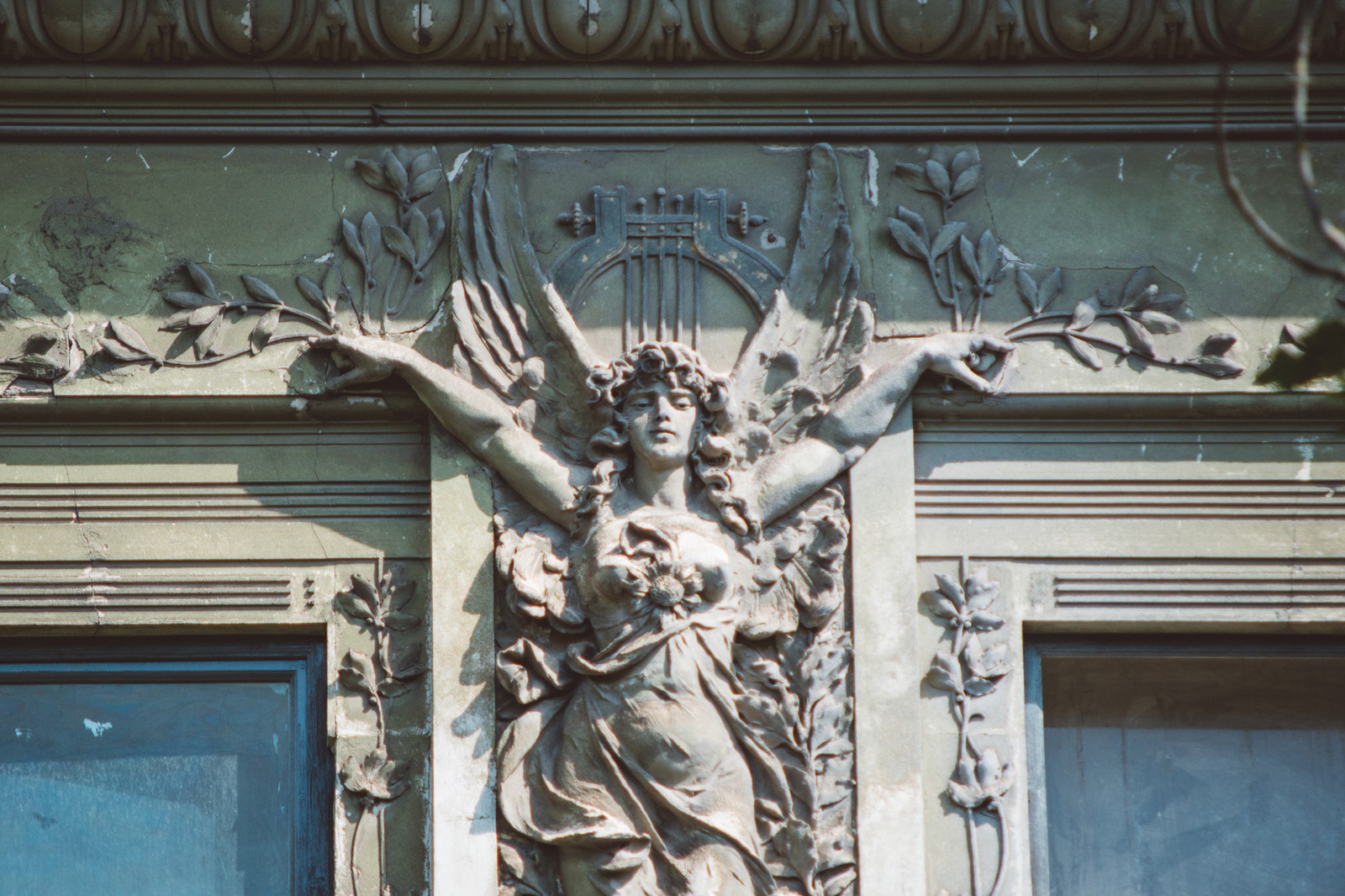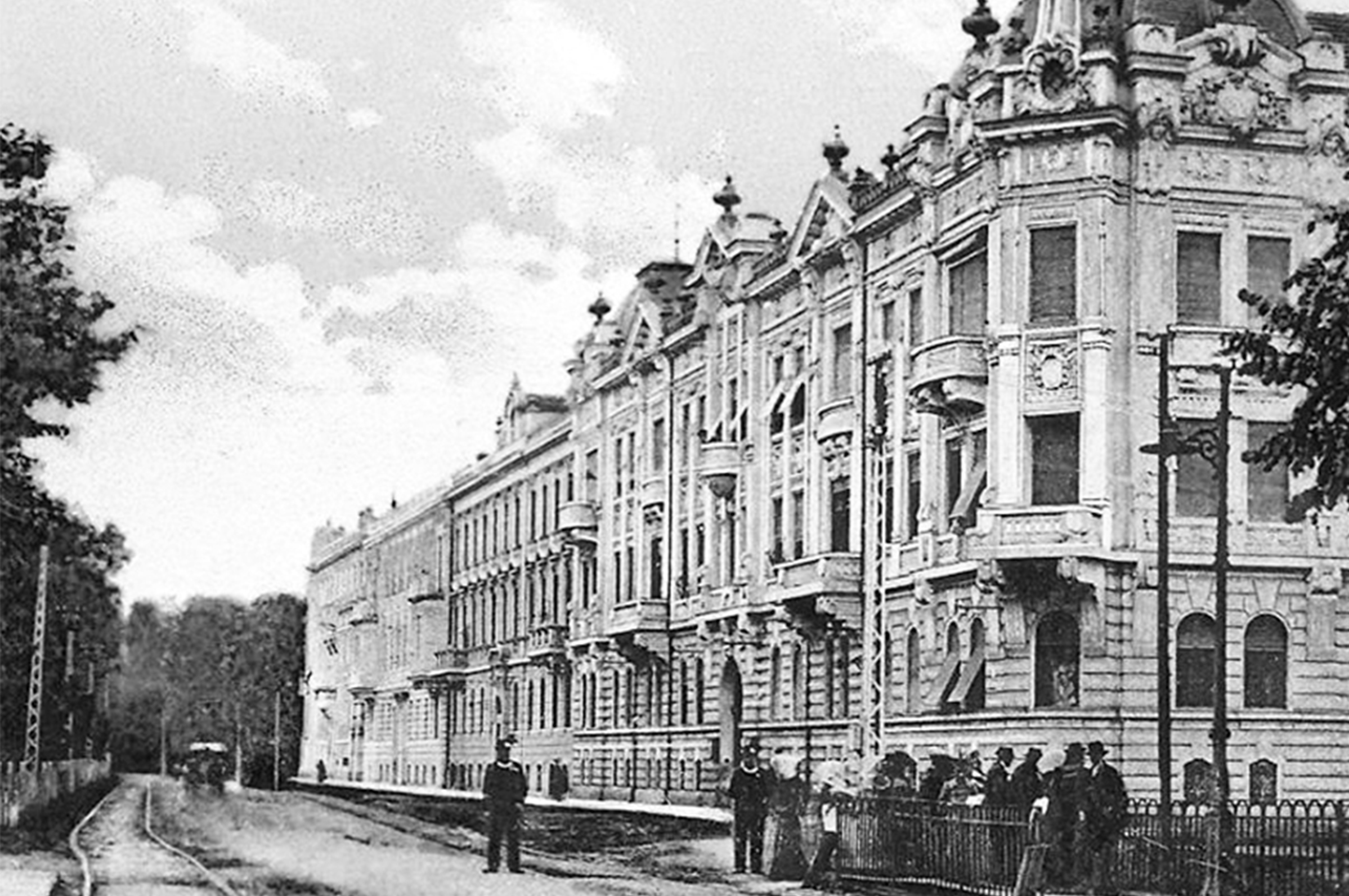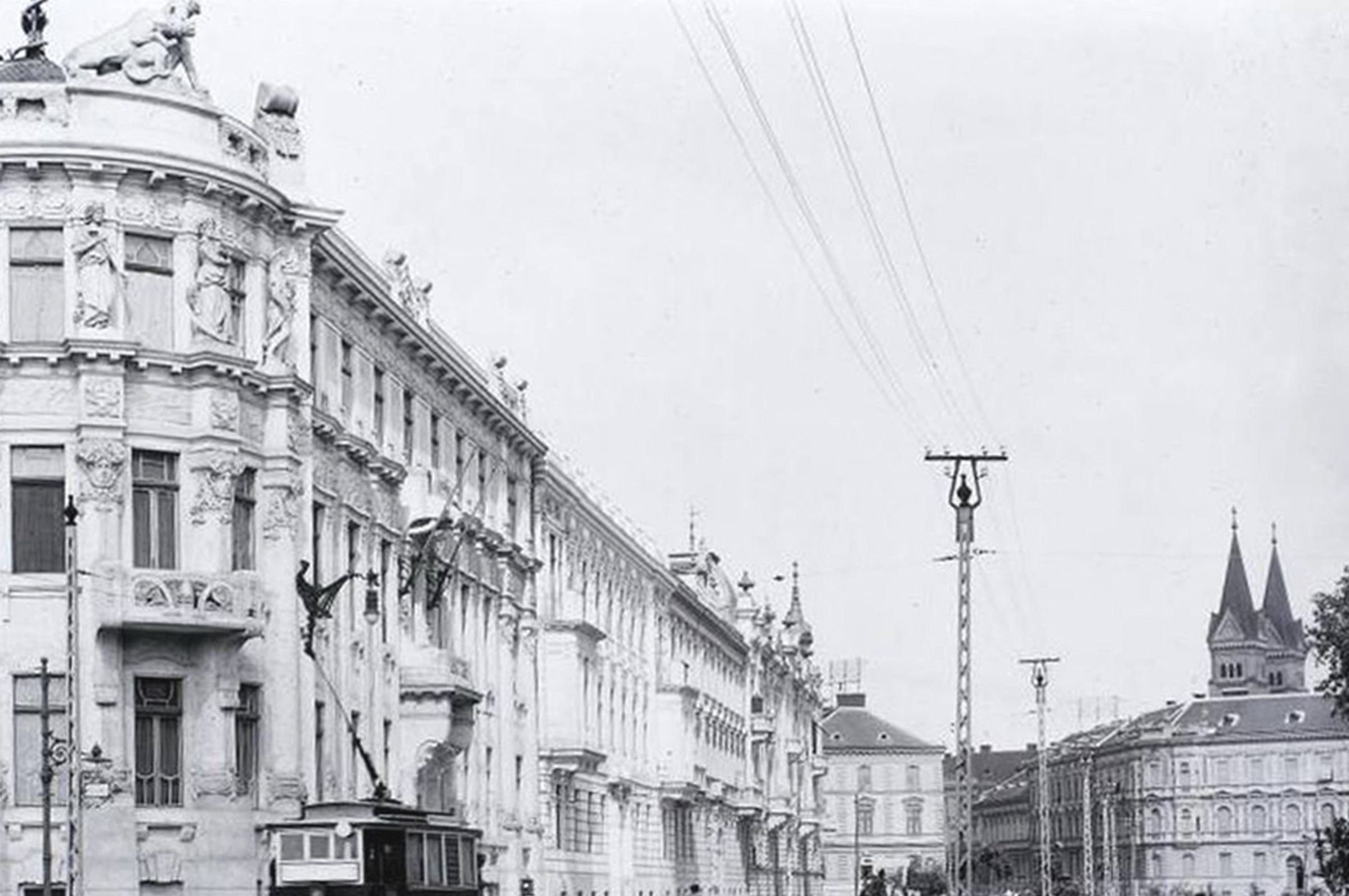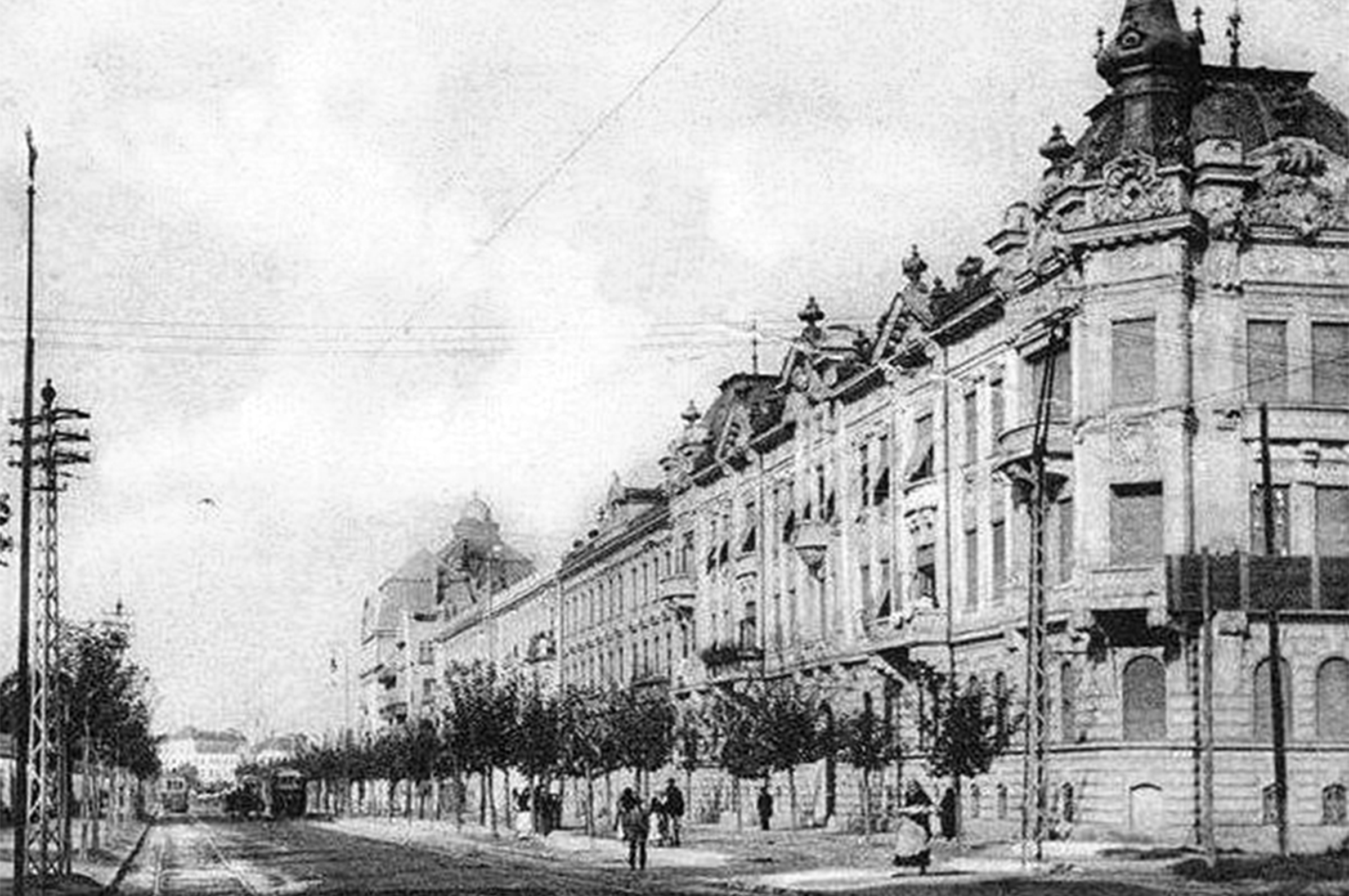
Rivalries in the 90s in Timisoara
We are in the year 1900 and the city of Timisoara has a rare chance. A few years before, in 1890, the civil authorities of the city succeeded in obtaining, after long negotiations, the army's permission to demolish the massive fortifications that surrounded the city center for more than 150 years. The disappearance of the fortifications meant the disappearance of the "esplanade", an approx. 1000 m wide area around the fortifications on which, for military reasons, it had been forbidden to carry out any construction. Thus, huge areas located in a central positions, occupied before by fortifications and unbuilt land, are now available for construction. An unique opportunity that the city is quick to take advantage of. Parks, boulevards, schools, public buildings are being built. But there is also room for private initiatives, large areas are divided into lots and sold to citizens to be built on.
Such lots are made also on Liget Street (nowadays 3 August 1919 Street) where several of them are being sold under very strict conditions for the buyers. The buildings should have two floors over the ground floor (thus named "Palaces" in the language of the epoch), a monumental character and the construction was to begin at a given time.
The first to come into play are Mr. Anheuer and Mr. Haymann, buying the lots at no. 5 and no. 7. They both begin to build in 1900, one-month apart and finish the construction 4 days apart, in 1901. Mr. Anheuer, proving to be perfectly connected to the spirit of time, opts for a "1900 style" building, decorated with feminine mythological figures and vegetal motifs, which is unanimously appreciated by the Timisoara citizens. Mr. Haymann, more conservative, builds an eclectic palace decorated with historical and neo-Baroque motifs and, as a result, his building is considered "anachronistic" at the time.



This symbolic dialogue of styles is cut by Mr. Miksa Steiner, a chemical manufacturer who, just two months away from the completion of the Anheuer and Haymann Palaces, begins building a palace that will create a stir. The construction takes only ten months and in 1903 it is put into use. His palace is a typical blend of styles found in Timisoara, on its facades there are both historicist and "1900 style" decorations, but what mostly attracts the admiration of the viewers is a ship's dock located on the pediment of the main entrance (probably inspired by the still existing water canal in the immediate vicinity) and the corner tower oriented towards the "Archduke's House", the former vertical dominant building of the street. After a few years, Mr. Steiner will again create a stir, building the house of the Bank of Scont in the Union Square, another symbolic building of Timisoara.
The southern front of the block closes in 1903, when Karl Kunz builds the last palace of the ensemble in the same "1900 style", richly inwrought with vegetal and mythological elements. Unfortunately, to this day, much of the original decoration has been lost: the lion statues on the corner pediment, the metallic fleece next to it, the four female statues on the second floor and the metallic ornaments of the balcony of the facade facing Dionisie Lintia Street.
This is how Timsoara won one of its most valuable and coherent architectural ensembles in just three years (1900-1903). What is worth noting, beyond the commercial competition that has spurred this rapid development, is the urban discipline that has been strictly respected by all the actors involved: the height of the cornice and the division of the facades are the same for all the four palaces, thus providing an unitary urban appearance.
Sources:
- Aurel Cosma, Through Timisoara of the past
- Ioan Haţegan, Tourist through Timisoara
- Mihai Opriș, Mihai Botescu, The Historical Architecture of Timisoara
- Nicolae Ilieșu, Timisoara - Historical monograph